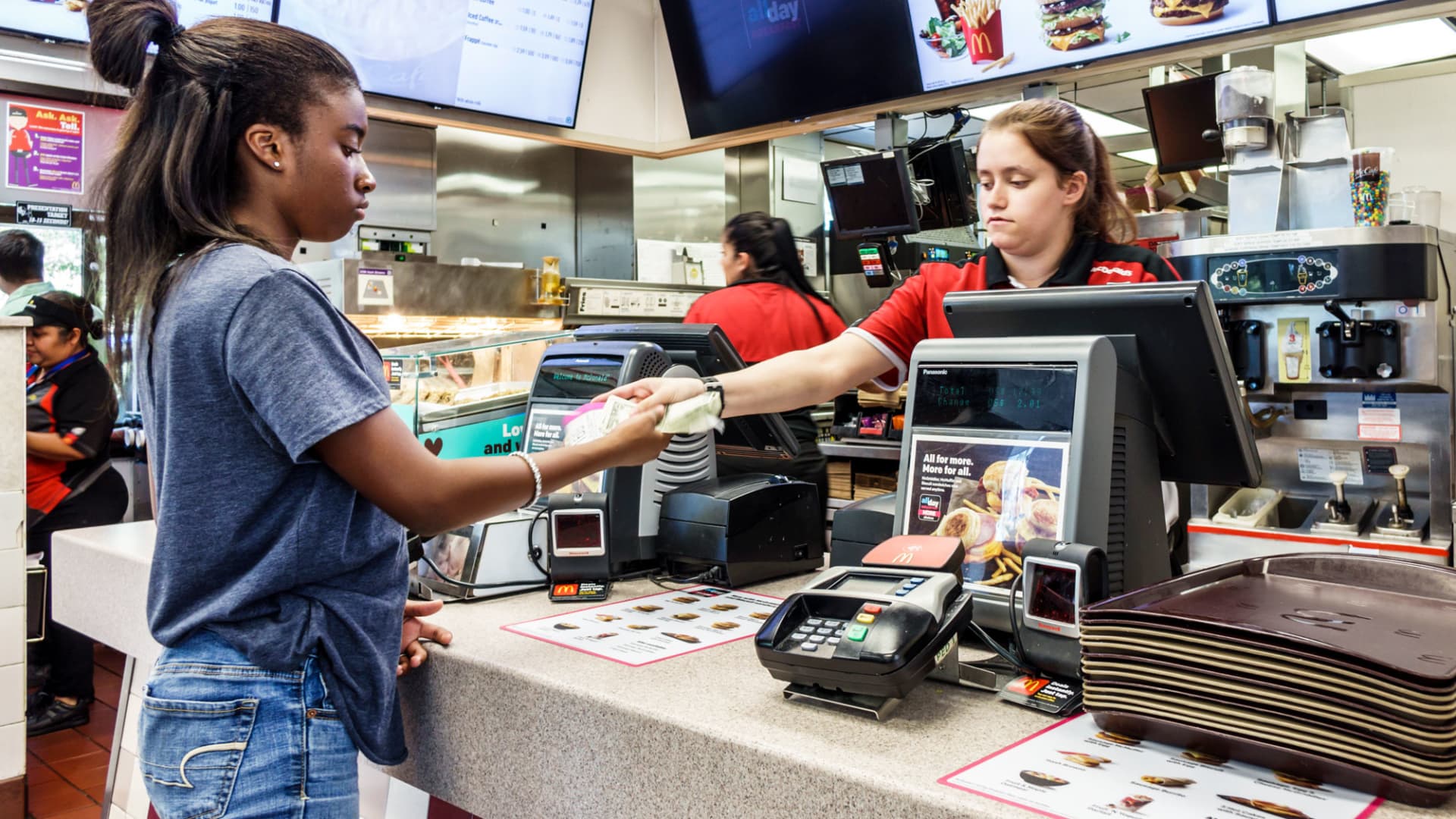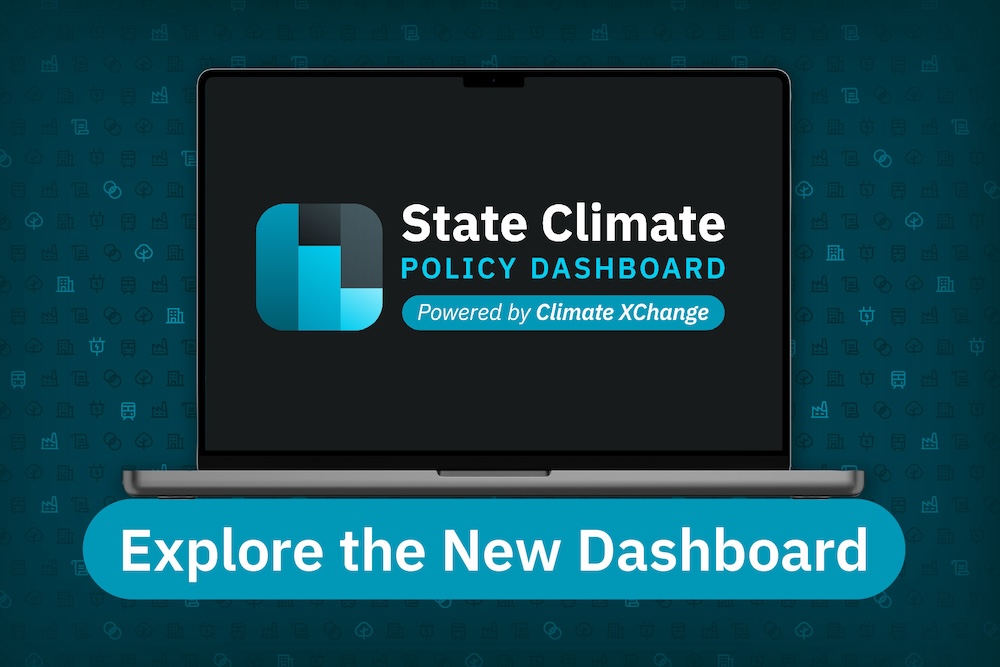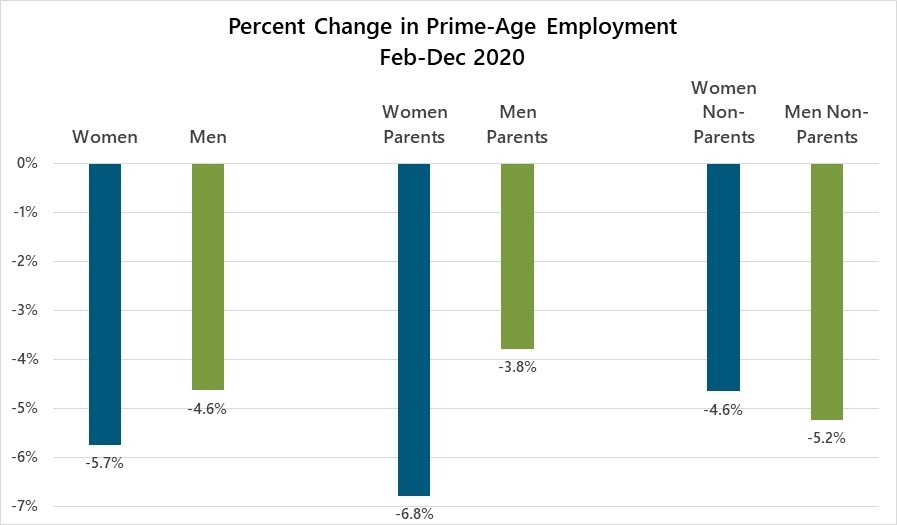
Some of America’s Best-Known Corporations Feeling the Pinch of Inflation

Introduction
Some of America’s best-known corporations are saying their consumers are being pinched by inflation as prices continue rising.
Inflation has dominated corporate America’s discourse over the past three years following the pandemic-induced easing of monetary policy and trillions of dollars in Covid relief. Though the pace of price growth has cooled since the Federal Reserve began raising interest rates in early 2022, consumers are still feeling the squeeze — and often tightening purse strings — as costs continue climbing.
“It is clear that broad-based consumer pressures persist around the world,” McDonald’s CEO Chris Kempczinski said on the fast-food chain’s earnings call early Tuesday. “Consumers continue to be even more discriminating with every dollar that they spend as they faced elevated prices in their day-to-day spending.”
The Impact of Inflation on Consumer Confidence
Sticky inflation has created a dark cloud over how everyday Americans perceive the health of the economy. Consumer confidence in April hit its lowest level since mid-2022 as high prices remained top of mind, according to data released Tuesday by the Conference Board.
Worker pay has continued rising, as evidenced by first-quarter employment cost statistics released Tuesday. But so, too, have the prices paid by the typical consumer, biting into the extra income from those higher wages.
To be sure, the rate of inflation has fallen significantly. The consumer price index — a broad basket of goods and services — rose at an annual rate of 3.5% in March compared with the same month a year ago.
That’s far below the 40-year high of 9.1% seen in mid-2022 but remains above the 2% goal set by the Fed, whose officials have pointed to stubborn inflation as the reason for keeping interest rates higher.
And that tenacious 3.5% annual growth is souring economic sentiment: Even after a period of runaway inflation, prices don’t actually fall. That’s a problem for McDonald’s and a host of other firms serving customers who are feeling sticker shock.
Impact on McDonald’s and Other Corporations
At McDonald’s, that was evidenced by same-store sales growth coming in slightly below Wall Street expectations. Kempczinski said that the Chicago-based company must be “laser-focused” on affordability to bring in diners as prices push away low-income consumers.
Executives at 3M, the maker of Scotch tape and Post-it Notes that also reported Tuesday, told analysts it’s seeing “continued softness in consumer discretionary spend.” While 3M earnings and revenue topped expectations in the first quarter, management said it anticipates consumer spending this year to be “muted.”
Newell Brands CEO Chris Peterson on April 26 joined the chorus of executives pointing to inflation as the main force bedeviling their businesses. Though the owner of Coleman and Rubbermaid products exceeded analyst forecasts for the first three months of the year, the company issued soft guidance for current-quarter earnings and said revenue is likely to decline.
“The categories we compete in remain under pressure with consumers continuing to carefully manage their discretionary spend as the cumulative impact of inflation on food, energy and housing cost has outpaced wage growth,” Peterson said.
But not all consumer-facing companies are feeling the heat.
Colgate-Palmolive CEO Noel Wallace said on April 26 that volume growth has largely returned as “inflation became more benign and as pricing started to stabilize.”
At Coca-Cola, management has seen a greater emphasis on value, saying the purchasing power of lower-income consumers has taken a hit. Still, executives said on the soft drink maker’s earnings call Tuesday morning that the American consumer, across income strata, “remains in good shape.”
— CNBC’s Robert Hum and Amelia Lucas contributed to this report.
SDGs, Targets, and Indicators
| SDGs | Targets | Indicators |
|---|---|---|
| SDG 1: No Poverty | 1.2: By 2030, reduce at least by half the proportion of men, women, and children of all ages living in poverty in all its dimensions according to national definitions | No specific indicators mentioned in the article |
| SDG 2: Zero Hunger | 2.1: By 2030, end hunger and ensure access by all people, in particular the poor and people in vulnerable situations, including infants, to safe, nutritious, and sufficient food all year round | No specific indicators mentioned in the article |
| SDG 3: Good Health and Well-being | 3.8: Achieve universal health coverage, including financial risk protection, access to quality essential health-care services, and access to safe, effective, quality, and affordable essential medicines and vaccines for all | No specific indicators mentioned in the article |
| SDG 8: Decent Work and Economic Growth | 8.5: By 2030, achieve full and productive employment and decent work for all women and men, including for young people and persons with disabilities, and equal pay for work of equal value | No specific indicators mentioned in the article |
| SDG 10: Reduced Inequalities | 10.1: By 2030, progressively achieve and sustain income growth of the bottom 40 percent of the population at a rate higher than the national average | No specific indicators mentioned in the article |
| SDG 12: Responsible Consumption and Production | 12.2: By 2030, achieve the sustainable management and efficient use of natural resources | No specific indicators mentioned in the article |
Copyright: Dive into this article, curated with care by SDG Investors Inc. Our advanced AI technology searches through vast amounts of data to spotlight how we are all moving forward with the Sustainable Development Goals. While we own the rights to this content, we invite you to share it to help spread knowledge and spark action on the SDGs.
Fuente: cnbc.com

Join us, as fellow seekers of change, on a transformative journey at https://sdgtalks.ai/welcome, where you can become a member and actively contribute to shaping a brighter future.






